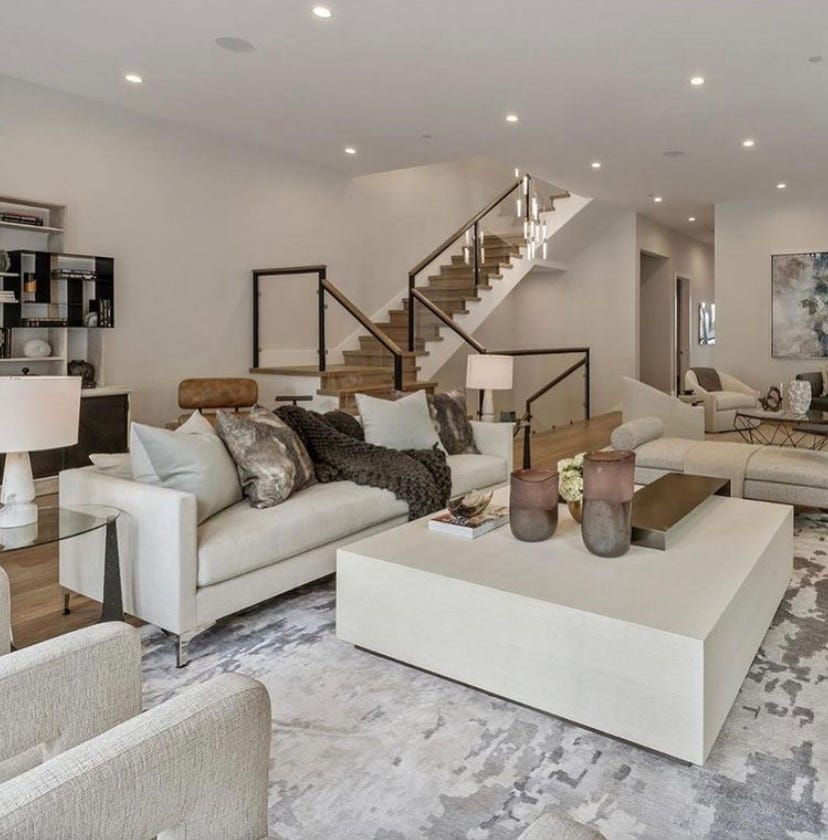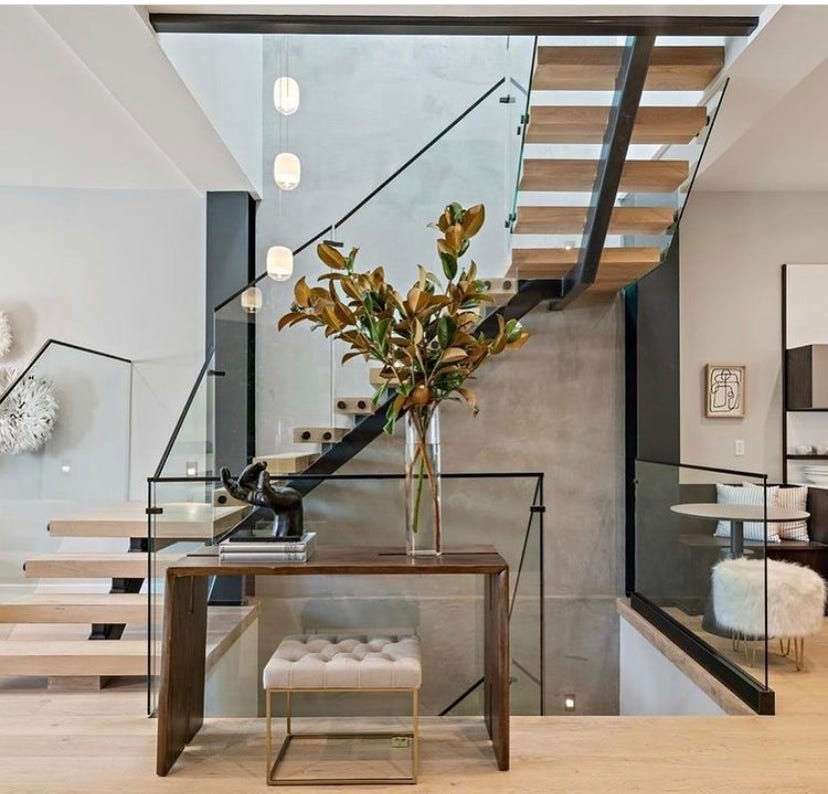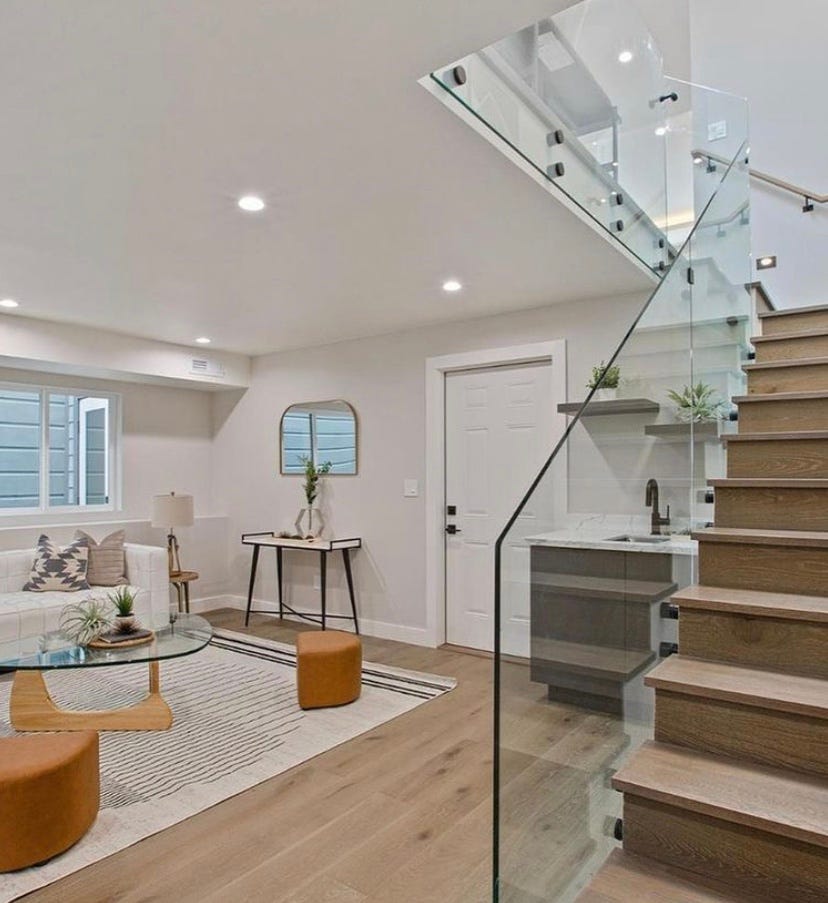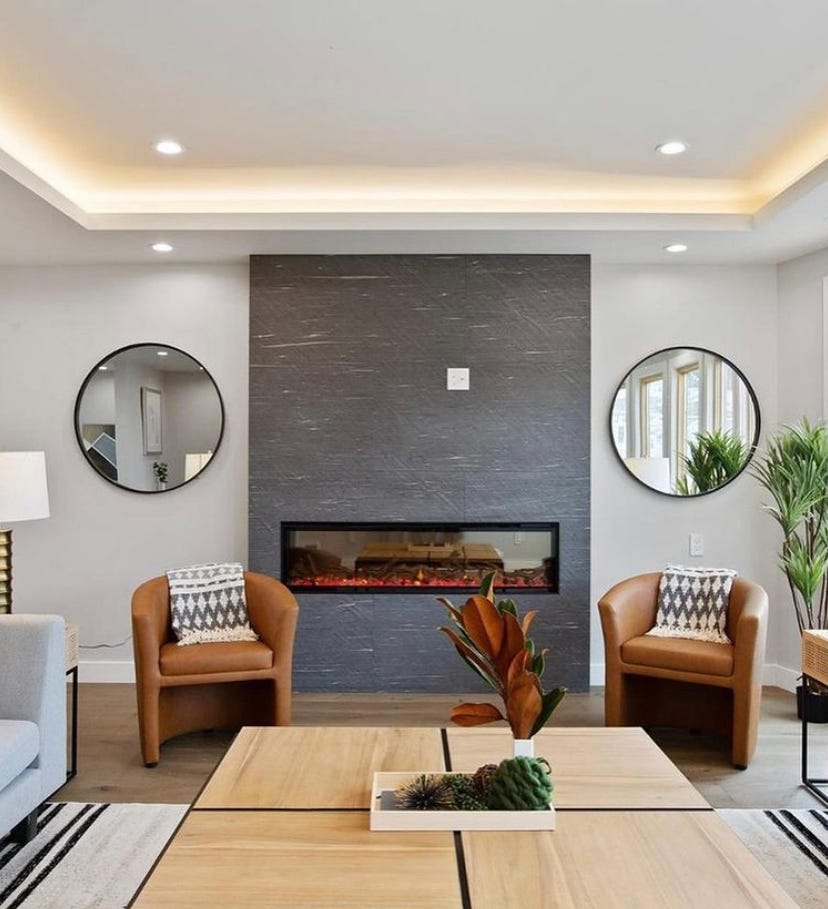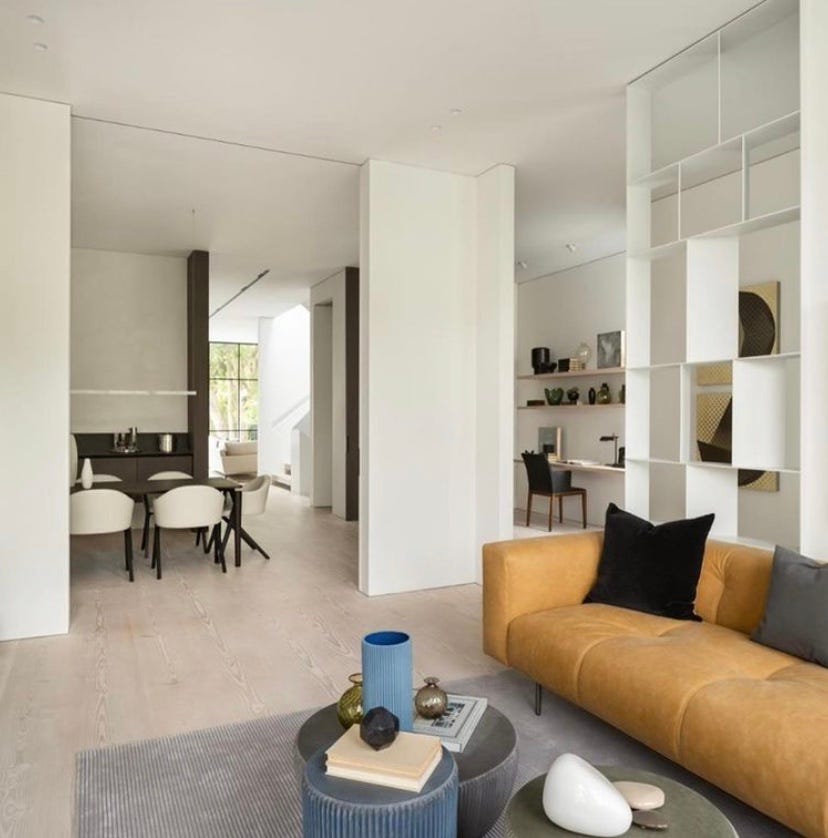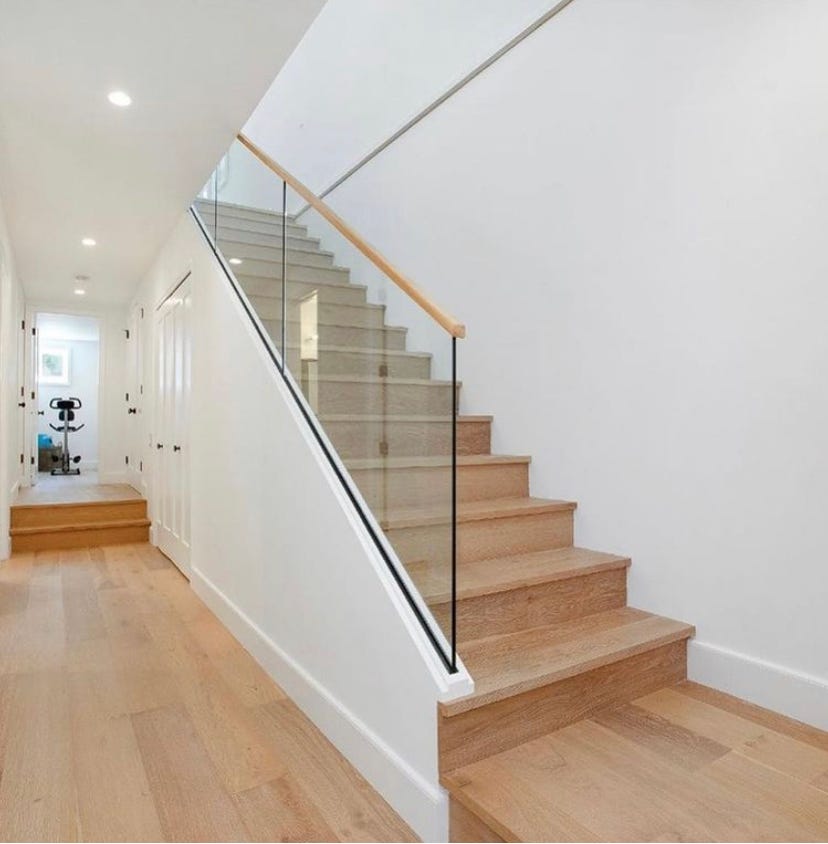
In 1906, the city of San Francisco saw the destruction of 28,000 buildings, first from the 7.9 earthquake that hit at 5:12 am, and then, more significantly, from the fires that followed. These fires, responsible for 98% of the city’s total damage, essentially razed the burgeoning outlaw oasis to the ground. What arose from the ashes was something both far worse and far better than what its residents, both permanent and passing through, had been working to build before.
Today, San Francisco’s houses face another existential crisis: rich techies.
I’m being hyperbolic, obviously (and what was truly tragic about the 1906 earthquake were the 3,000 lives lost and 225,000 left homeless). But as a former San Franciscan who made the dubious choice of leaving several years ago, it’s been agonizing to witness beautiful old homes, some of which did in fact miraculously survive multiple earthquakes, ensuing fires, and gentrification trend travesties, succumb to the dismal taste of the west’s Nouveau Riche.
Perhaps this wouldn’t feel so bad if California weren’t in the midst of a decades-long, escalating housing crisis. If beautiful old Victorians were being gutted and turned into affordable apartments, or even torn down altogether in favor of housing complexes meant to shelter the city’s many low-income and unhoused residents, it would not be nearly so devastating to see them go.
But this, of course, is not what is happening. Instead, very wealthy people are buying them, stripping them of the interesting details and quirks that made them beautiful, unique, and historic, and replacing them with glass staircases, flat granite fireplaces, and greige floors.
Thanks to the wonderful, inspirational, and agonizing Instagram account @sf_daily_photo, I’ve been able to observe from afar some of these calamitous renovations. Below are a few of the worst, most baffling, hideous trends that for whatever reason are sweeping the city’s glut of millionaires, who are seemingly intent on gobbling up gorgeous old homes and transforming them into luxury airport lounges.
These Horrible Glass Staircase Handrails
Let’s start off with the worst, shall we? What’s happening with these? Why is it important for staircases to be encased in glass? Is there a lot of wind in the house from which rich people feel the need to protect their delicate feet?
Don’t they have dogs or children who will promptly make them smudged and fucked up looking? Some examples, such as the one pictures below, look kind of dangerous.
This trend is one drunken evening away from shattering or killing somebody. Please reconsider.
Contemporary Gas Fireplaces
Whether in working condition or merely decorative, original fireplaces are often the highlights of old homes. Dramatic and elegant, they introduce personality and amiable hospitality that exude the idea of warmth, even if they’re filled in. Which makes it all the more mystifying why someone would rip one out and replace it with a monstrosity like the one below:
While this gas-powered nightmare fuel might actually keep those near it warm, it lacks spirit. It is visually frosty, and doesn’t induce a person to get cozy and warm up beside it. Midcentury stone fireplaces, with their rough-hewn, almost natural look, more successfully contrast cool stone with hot coals and vivid flames; the sharp, frigid lines of these Silicon Valley eyesores make it seem as if these fireplaces would prefer to chase off heat-seekers.
Here’s what the house looked like pre-reno, by the way:
Greige Floors
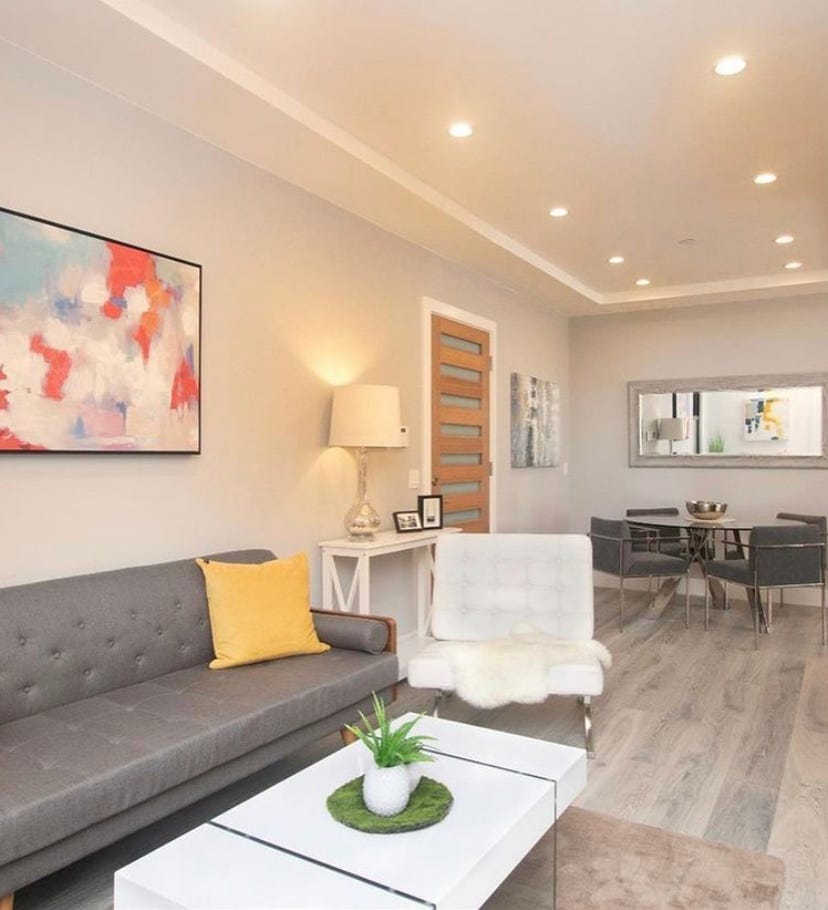
Even if the original floors were in rough condition, I am at a loss as to why anyone would want their new wooden floors to resemble the skin of somebody who hasn’t slept in four days. In old SF houses, red oak floors are the standard; they lend rooms an intimacy and warmth that cheap greige flooring can’t even dream of. I’m certainly not anti cool-tones — vibrant blues, relaxing greens, and well-placed neutrals create balance in an interior — but greige is a lifeless color. Maybe it’s evocative, actually, of what people are doing to these old houses.
Unnecessary Gut Jobs
Inadequate available housing is a massive issue in San Francisco, but for millionaires, it doesn’t appear to be that difficult to find a new-build condo in a contemporary style in SOMA or, you know, Rincon Hill. Thus the propensity for rich people to buy old homes and render them completely unrecognizable on the inside — essentially transforming the interior of the home into the afore-mentioned condo — remains a mystery.
Behold, the pre-renovation:
And the post:
Most people looking at these two photos would not understand that they were the same house until you told them. Even then, it beggars belief. The former look was cozy and inviting (I’m not speaking to the furnishings — that may or may not be to your taste — but rather, the structure of the rooms). The latter is airy, expansive, like an expensively renovated warehouse.
I maintain that the person or family who purchased and gutted this home should have more seriously considered South Beach.
Whatever Is Happening Here
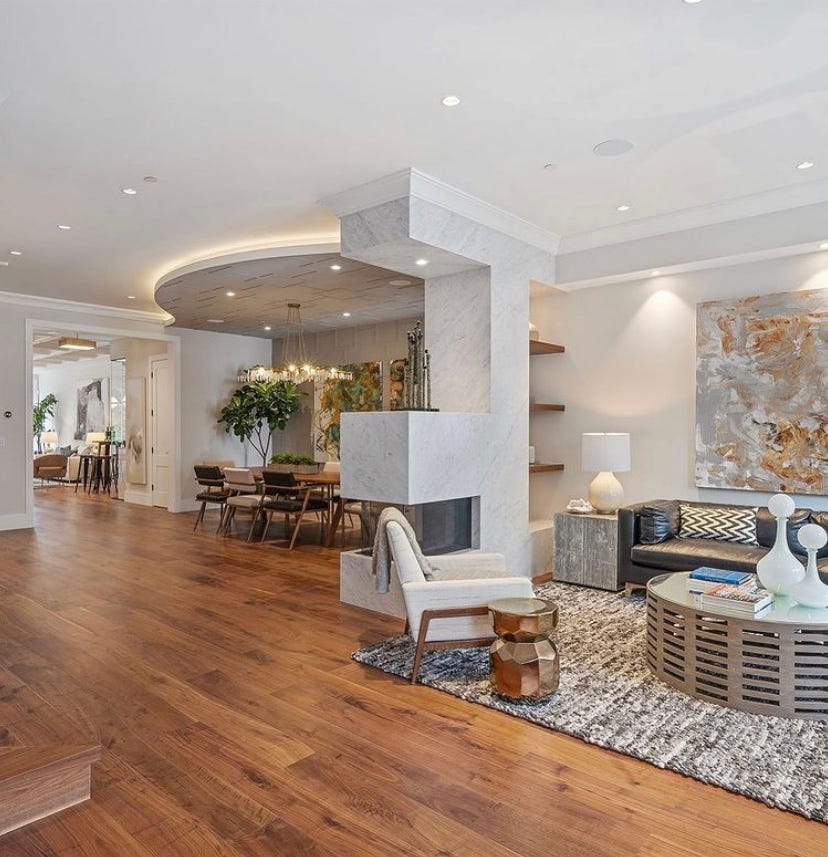
I don’t know. This looks like a tech startup lobby area. Some people just really love work, I guess.
What’s interesting is that, while sad, flavorless renovations exist the world over, San Francisco seems to contain some of the worst. Los Angeles home renovations and even those in other Bay Area cities like Berkeley and Oakland aren’t as catastrophically terrible.
Perhaps some of the city’s defining characteristics — its determination, its scrappiness, its penchant for re-emerging in whatever form is necessary and conducive to its endurance— defines its susceptibility to these ugly glass staircases and dead-looking floors: traumatized people (and places) often transform into what they need to be to survive. These houses have seen worse; the city itself has certainly seen worse. But it sure is an eyesore in the meantime.

